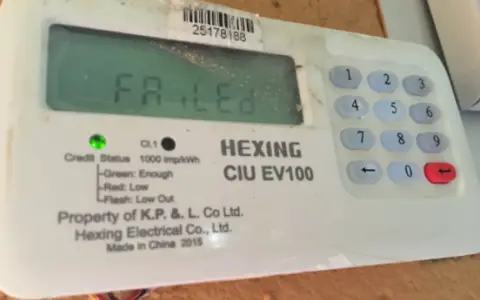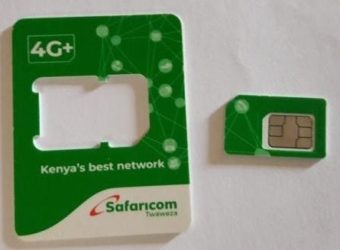Wi-Fi, or wireless fidelity, is a technology that allows electronic devices to connect to the internet wirelessly. It uses radio waves to transmit data between devices and a Wi-Fi router, which is connected to the internet via a wired connection. Wi-Fi has revolutionized the way we access the internet, making it easier and more convenient for people to get online and stay connected.
In today’s digital age, Wi-Fi has become a necessity for many people. Whether it’s for work, school, or leisure, having access to high-speed internet connectivity has become an integral part of daily life. We will explore the importance of Wi-Fi and the need to find affordable Wi-Fi options.
Affordable Wi-Fi options enable more people to access high-speed internet connectivity, which can improve their quality of life in numerous ways. For example, students who are unable to attend physical classes can benefit from online learning platforms, while remote workers can enjoy the flexibility of working from home. Additionally, affordable Wi-Fi options can help to bridge the digital divide, making it possible for people in low-income households to access the internet and stay connected to the world.
When searching for the cheapest Wi-Fi options, there are several factors to consider to ensure that you get the best value for your money. We will explore some of the essential factors to consider when looking for affordable Wi-Fi options.
Availability Of Service Providers In Your Area
The first factor to consider is the availability of service providers in your area. Some service providers may not offer coverage in certain areas, while others may offer limited coverage or slower speeds. Before choosing a service provider, it is important to research which providers offer coverage in your area and compare their pricing and packages.
Type of Service (e.g. Fiber, Cable, DSL)
The type of internet service you choose can significantly affect your internet experience. There are different types of internet services available in the market, including Fiber, Cable, and Digital Subscriber Line (DSL). We will explore each of these types of internet services to help you make an informed decision when choosing an internet service provider.
- Fiber Optic Service. Fiber-optic service is the fastest and most reliable internet service available. It uses fiber-optic cables to transmit data, which allows for fast upload and download speeds. Fiber-optic internet is ideal for heavy internet users, such as gamers or those who stream movies and TV shows. The only downside to fiber-optic service is that it is not widely available, and it can be expensive compared to other types of internet services.
- Cable Service. Cable internet service uses the same cables that provide television service to transmit data. Cable internet offers fast internet speeds, but the speed can be affected by the number of users in your area. Cable service is ideal for those who require moderate internet usage and for those who live in urban areas where the service is widely available.
- Digital Subscriber Line (DSL) Service. DSL internet service uses the existing phone lines to transmit data. DSL offers moderate internet speeds but can be affected by the distance between your home and the telephone company’s central office. DSL is ideal for those who require light internet usage and live in areas where other types of internet services are not available.
Data Caps or Limitations
Some Wi-Fi providers may limit the amount of data you can use per month, which can result in additional charges if you exceed your monthly limit. It is important to consider the amount of data you typically use and choose a provider with a plan that offers enough data to meet your needs.
Installation Fees
Many service providers charge installation fees to set up your Wi-Fi connection, which can add to the overall cost. It is important to inquire about any installation fees upfront and factor them into your budget.
Contract Duration and Termination Fees
Most Wi-Fi providers require a contract commitment for a set period. It is important to consider the duration of the contract and any termination fees you may incur if you cancel the contract early. You should also compare contract terms and fees from different providers to find the most affordable option.
Equipment and Rental Costs
Lastly, equipment and rental costs can also impact the overall cost of your Wi-Fi. Some providers may charge a monthly rental fee for their equipment, while others may require you to purchase your own equipment upfront. It is important to consider these costs when comparing different Wi-Fi providers.
Conclusion
In conclusion, finding affordable Wi-Fi options is crucial in today’s world where internet connectivity is a necessity. It not only saves you money but also ensures that you have access to fast and reliable internet services.
When searching for the cheapest Wi-Fi options, it is essential to consider several factors, including the availability of service providers in your area, the type of service, data caps or limitations, installation fees, contract duration, and equipment and rental costs. By taking these factors into account, you can make an informed decision and choose a Wi-Fi provider that offers the best value for your money.
Moreover, there are several money-saving tips you can implement to help reduce your Wi-Fi costs. For instance, you can consider bundling services, negotiating with your provider, or opting for a lower-tiered plan that meets your internet needs.



